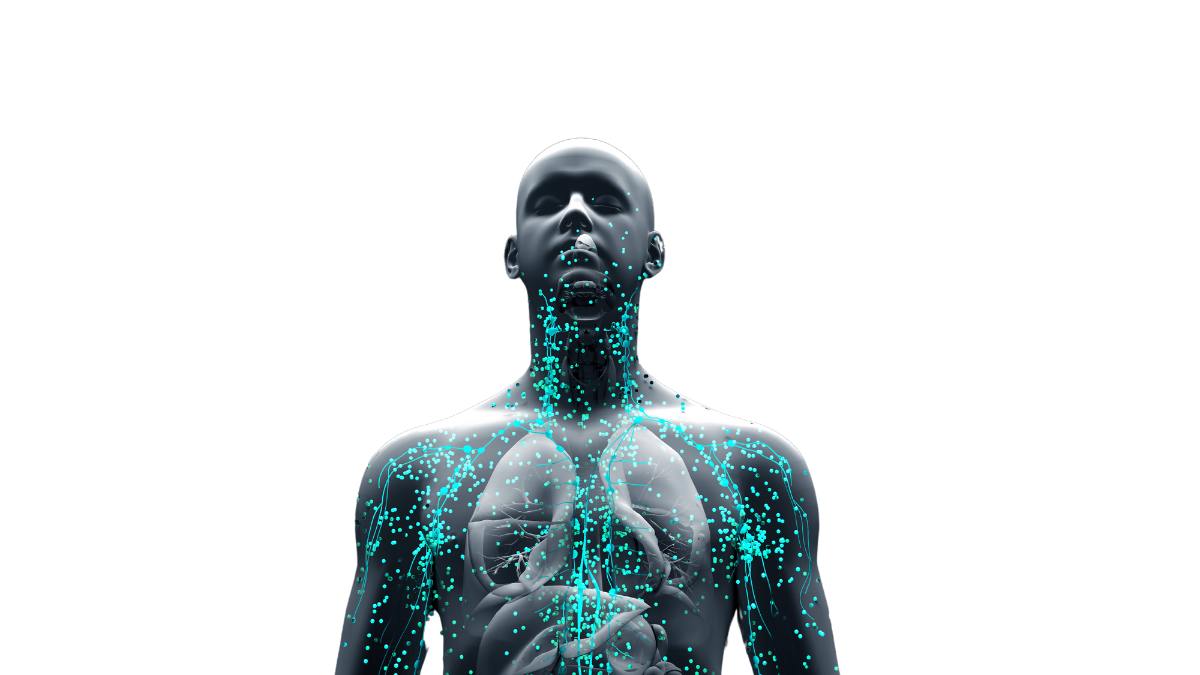Balance and coordination are influenced by several systems in the body:
Vestibular System: The inner ear plays a crucial role in detecting motion and spatial orientation, helping to maintain balance.

Somatosensory System: This system involves the sensory feedback received from the skin, muscles, and joints, providing information about body position and movement.
Visual System: Sight contributes to spatial awareness and helps maintain balance, particularly when navigating uneven terrain or obstacles.
